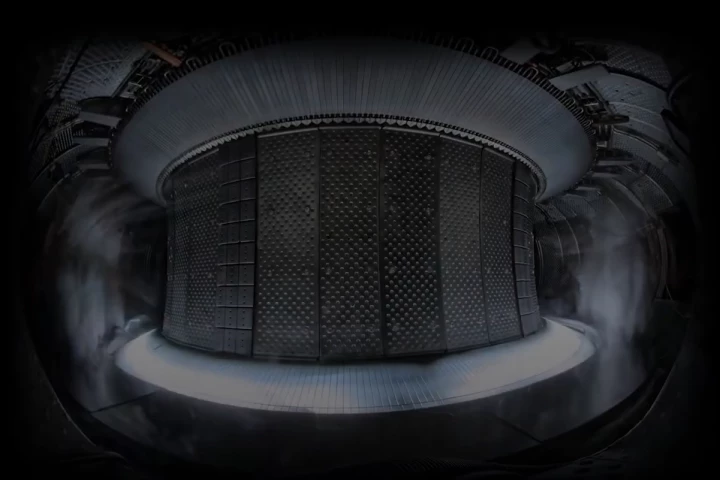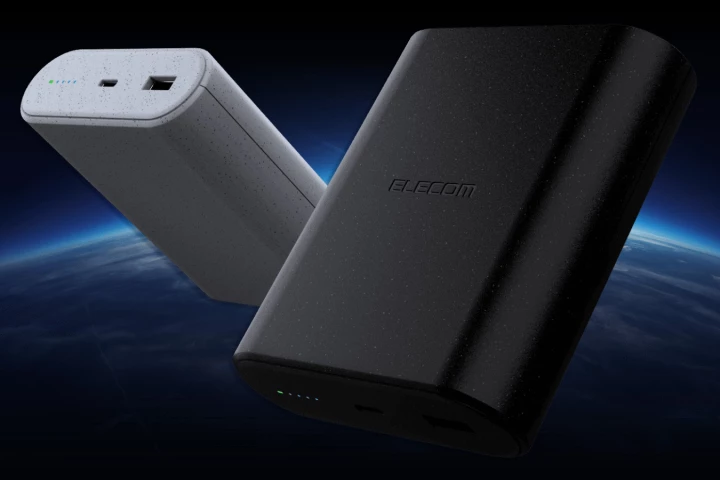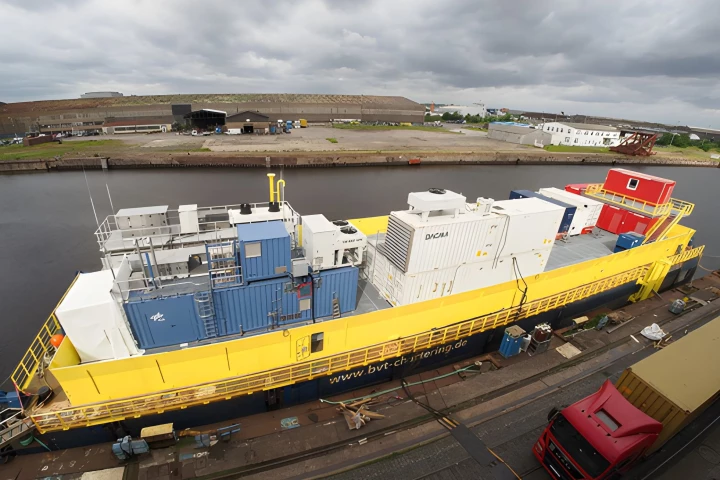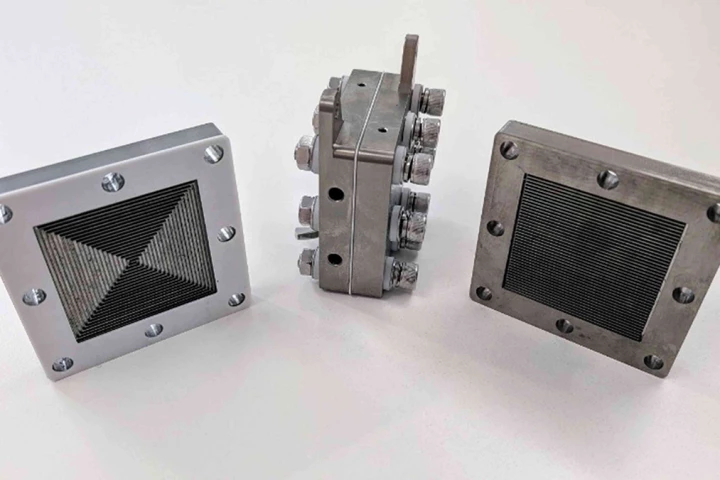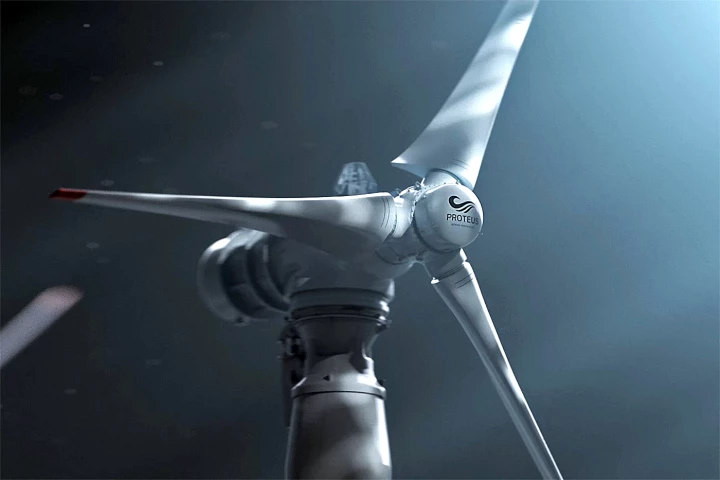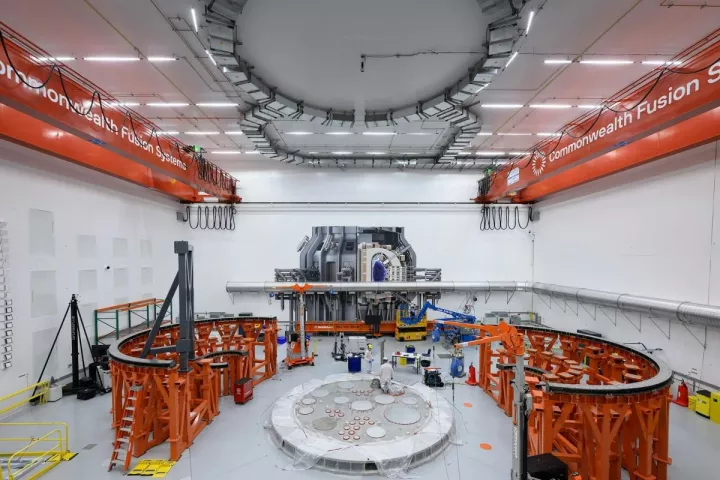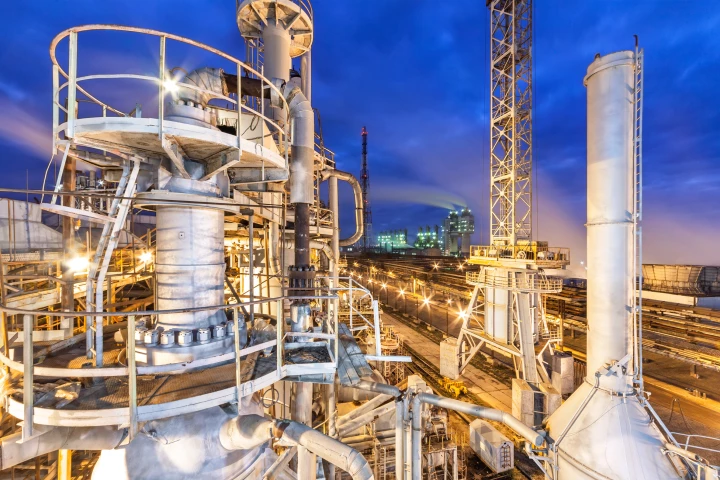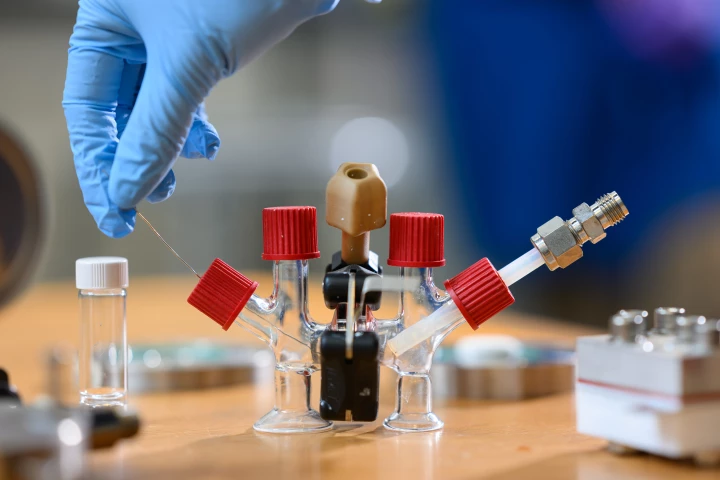Energy
Humankind's insatiable appetite for energy has put the planet in a very precarious position environmentally, but it also drives prosperity and improved living standards. New Atlas keeps you up to date with the latest breakthroughs in the energy sector, from the expanding field of renewable energy production to the exponential rise of battery technology and the slow march towards nuclear fusion.
Top News
-
France has upped the ante in the quest for fusion power by maintaining a plasma reaction for over 22 minutes – a new record. The milestone was reached on Feb. 12 at the Commissariat à l'énergie atomique et aux énergies alternatives WEST Tokamak reactor.
-
China has approved what is set to become the biggest hydropower dam complex in the world, capable of producing nearly three times as much power as the current record-holder, the Three Gorges Dam.
-
Elecom has launched the world's first power bank to feature a sodium-ion battery inside. It promises significantly longer cycle life than traditional lithium-ion batteries, as well as the ability to operate in extremely hot and cold climes.
Load More
Latest News
-
July 17, 2025 | Michael FrancoA floating test platform that uses sea water, air, and wind to make completely clean hydrogen has begun operations off Germany's North Sea coast. The modular system also has a few other green-energy tricks up its sleeve.
-
July 07, 2025 | Abhimanyu GhoshalChemical engineers at the University of Sydney are using human-made lightning to produce ammonia – a key ingredient in fertilizers – from thin air and without the need for high temperatures or pressures.
-
July 06, 2025 | Joe SalasChina has just unveiled two turbines so massive it's hard to comprehend. With an outer diameter of 20 ft, 5 in (6.2 m), each turbine weighs 80 tons, is constructed from high-strength martensitic steel, and houses 21 water ladles.
-
July 02, 2025 | Abhimanyu GhoshalTidal power is a fantastic source of clean, predictable energy – if you can harness it. SKF says it's making major headway in this field, as it's set a world record for tidal turbine reliability with systems operating continuously for over six years.
-
July 01, 2025 | Abhimanyu GhoshalMassachusetts-based energy startup Commonwealth Fusion Systems (CFS) has struck a deal to deliver 200 MW of electricity to Google from its upcoming ARC power plant in Chesterfield County, Virginia.
-
June 30, 2025 | Loz BlainAn exceptionally odd clean energy project backed by Bill Gates has broken ground near Rock River, Wyoming, where a wind turbine that turns convention on its head will get a chance to prove its remarkable claim: wind power at 1/3rd of the cost.
-
June 30, 2025 | Abhimanyu GhoshalStoring clean energy to use later poses a challenge in regions that have long stretches with low wind and sunlight, stressing power grids fed by renewable sources. Augwind Energy believes it's found a solution thousands of feet below the ground.
-
June 23, 2025 | Joe SalasTwenty-one-year-old backyard scientist Julian Brown nukes plastic trash in a homemade microwave pyrolysis reactor, turning bags and bottles into a chunky sludge he refines into a gasoline alternative he calls "plastoline."
-
June 23, 2025 | Abhimanyu GhoshalResearchers at Australia's national science agency have developed an efficient method to produce green hydrogen for energy-hungry, high-temperature industrial processes – and it starts with concentrated sunshine.
-
June 20, 2025 | Michael FrancoTo find the right mix of metals for their green ammonia catalyst, scientists turned to AI. The result was a breakthrough that makes their technique of producing ammonia from air and water more efficient and much more accessible.
-
June 02, 2025 | Ben CoxworthScientists have developed a fuel cell system which they say could ultimately have enough energy capacity to power regional electric aircraft. They state that the technology is capable of carrying over three times as much energy per unit of weight as a lithium-ion battery.
-
May 29, 2025 | Joe SalasDrill bits are out, death rays are in. On May 21, 2025, New Atlas hit up Quaise Energy’s literal groundbreaking demo in Houston, Texas where a mm-wave maser melted rock to unlock the deepest, hottest, cleanest energy anywhere.
-
May 18, 2025 | Abhimanyu GhoshalResearchers in Australia are working on a way to lower the cost of producing solar thermal energy by as much as 40% with the help of shatterproof plastic rear-view mirrors originally designed for cars.
-
May 16, 2025 | Abhimanyu GhoshalIn an effort to reduce the use of precious land to build renewable energy storage facilities, the Fraunhofer Institute has been cooking up a wild but plausible idea: dropping concrete storage spheres down to the depths of our oceans.
-
May 10, 2025 | David SzondyCommercial fusion power plants may be cheaper and easier to build thanks to a breakthrough by TAE Technologies that allows reactors to generate their own containment fields without the need for massive magnetic coils and other systems.
Load More
